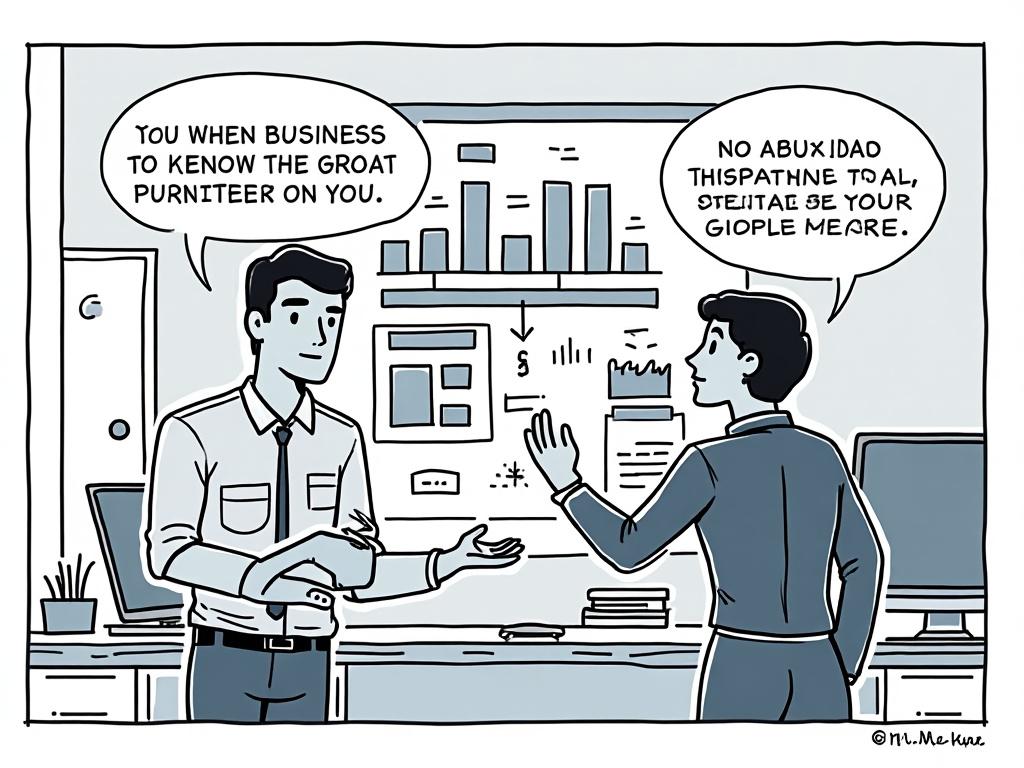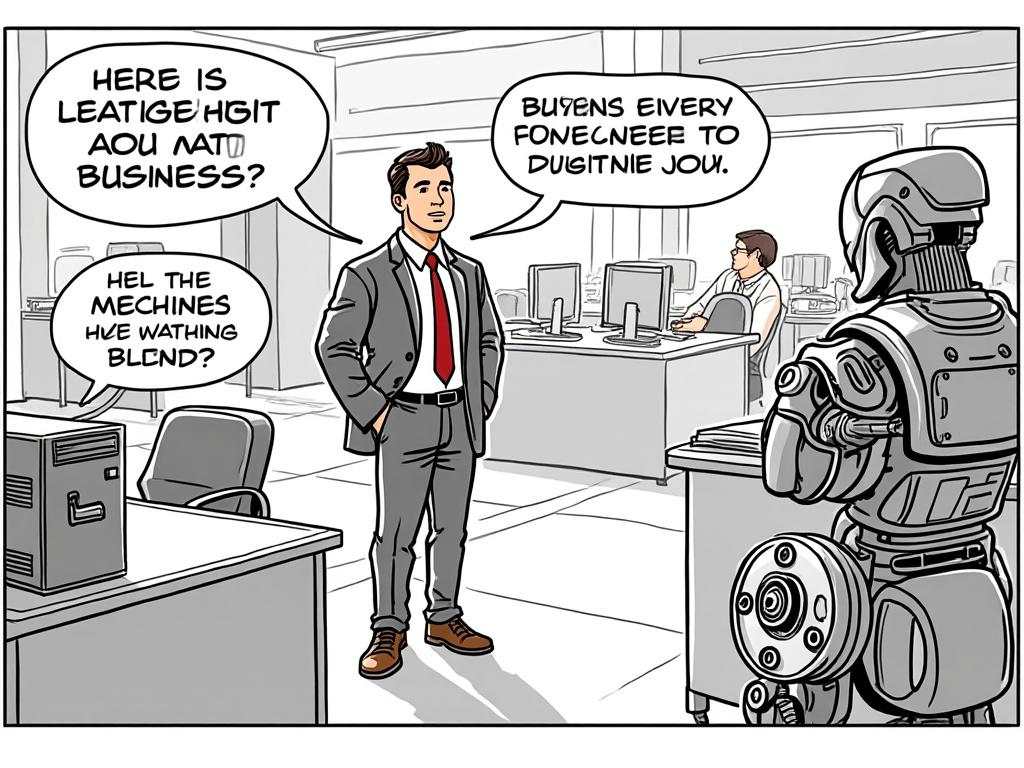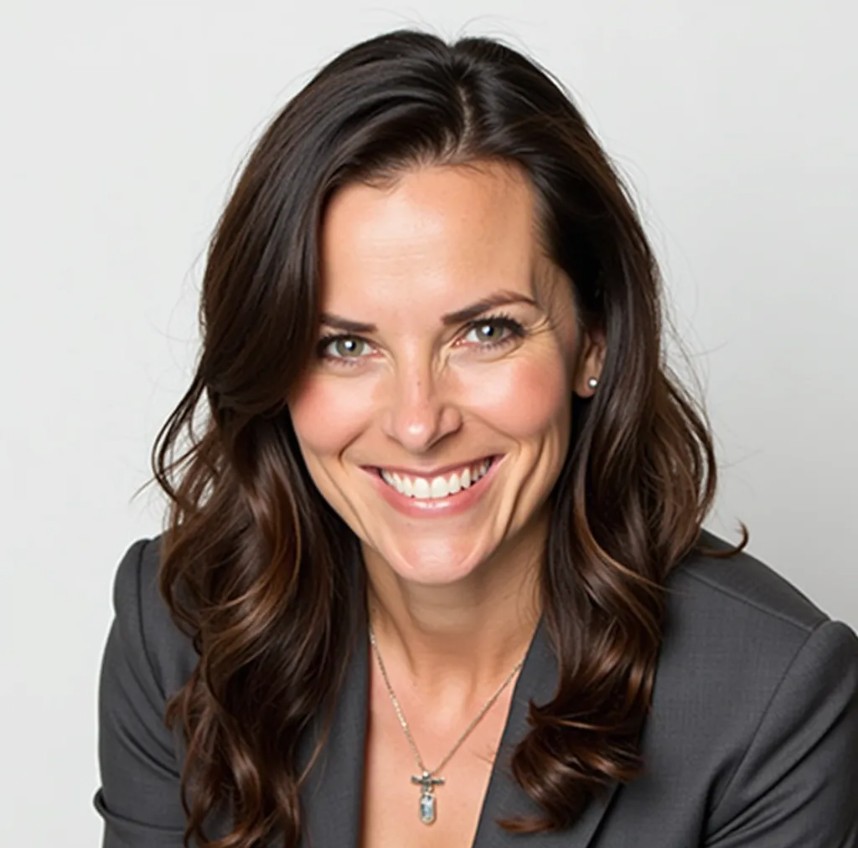
VC Fund Mechanics: Management Fees and Carry Explained
Reading time: 12 minutes
Ever wondered how venture capital firms actually make money? You’re not alone. Behind every successful startup funding story lies a complex financial structure that can seem intimidating at first glance. Let’s demystify the core mechanics of VC fund economics and turn this knowledge into your competitive advantage.
Table of Contents
- Foundation: Understanding VC Fund Economics
- Management Fees: The Steady Revenue Stream
- Carried Interest: Where the Real Money Lives
- Real-World Applications and Case Studies
- Strategic Implications for Entrepreneurs
- Your Investment Roadmap Forward
- Frequently Asked Questions
Foundation: Understanding VC Fund Economics
Here’s the straight talk: Venture capital isn’t just about finding the next unicorn—it’s about creating sustainable business models that reward both investors and fund managers. The two-pillar structure of VC compensation has remained remarkably consistent across decades, but understanding the nuances can make or break your fundraising strategy.
The “2 and 20” Rule Explained:
Most VC funds operate on what’s called the “2 and 20” model:
- 2% annual management fee on committed capital
- 20% carried interest (carry) on profits above a certain threshold
But here’s where it gets interesting—these percentages aren’t set in stone. Top-tier funds like Andreessen Horowitz or Sequoia Capital often command higher fees, while newer funds might offer more favorable terms to attract limited partners (LPs).
The Fund Lifecycle: A 10-Year Journey
Think of a VC fund as a decade-long investment vehicle. During the first 3-5 years (the “investment period”), the fund actively deploys capital into startups. The remaining years focus on nurturing portfolio companies and generating returns through exits.
Key Timeline Milestones:
- Years 1-5: Active investment phase
- Years 6-10: Portfolio management and exit realization
- Years 10+: Final distributions and fund closure
Management Fees: The Steady Revenue Stream
Management fees serve as the operational backbone of VC funds. Unlike carry, which depends on successful exits, management fees provide predictable income to cover day-to-day operations.
How Management Fees Work in Practice
Let’s break this down with a concrete example: Imagine Startup Capital Partners raises a $100 million fund with a 2% management fee. Here’s what that looks like:
- Annual management fee: $2 million
- Total fees over 10 years: $20 million
- Typical uses: Salaries, office expenses, due diligence costs, portfolio support
But here’s a crucial detail many entrepreneurs miss: management fees often decline over time. After the investment period ends, fees might drop to 1.5% or even 1% of committed capital, reflecting the shift from active investing to portfolio management.
Fee Structure Variations
The management fee landscape is more diverse than you might expect:
Management Fee Comparison by Fund Size
Pro Tip: Larger funds command lower percentage fees because their absolute dollar amounts are still substantial. A 1.5% fee on a $1 billion fund generates $15 million annually—more than enough to run a sophisticated operation.
Carried Interest: Where the Real Money Lives
Carried interest represents the fund managers’ share of investment profits. This is where VC partners build real wealth, but it comes with significant risks and complexities.
Understanding the Carry Structure
Carry typically works like this:
- Hurdle Rate: LPs must receive a minimum return (usually 8%) before carry kicks in
- Catch-up: Once the hurdle is met, managers receive 100% of profits until their carry percentage is achieved
- Split: After catch-up, profits are split according to the agreed ratio (typically 80/20)
Real-World Carry Calculation
Let’s walk through a practical example with TechVenture Fund’s $50 million fund:
| Scenario | Fund Returns | LP Distribution | GP Carry | Carry Percentage |
|---|---|---|---|---|
| Modest Success | $75M (1.5x) | $54M | $4.2M | 16.8% |
| Strong Performance | $150M (3.0x) | $80M | $20M | 20.0% |
| Exceptional Returns | $250M (5.0x) | $160M | $40M | 20.0% |
| Home Run Fund | $500M (10.0x) | $360M | $90M | 20.0% |
Key Insight: Notice how carry percentages vary based on performance. Lower-performing funds might not reach the full 20% due to hurdle rate requirements, while exceptional funds generate massive absolute carry amounts.
Real-World Applications and Case Studies
Case Study 1: Sequoia Capital’s Fee Evolution
Sequoia Capital provides a masterclass in fee structure optimization. Over their 50-year history, they’ve consistently commanded premium fees while delivering exceptional returns. Their latest funds charge:
- Management Fee: 2.5% (above industry standard)
- Carry: 25-30% (significantly above the typical 20%)
- Justification: Track record of 18% annual returns over decades
The lesson? Exceptional performance justifies premium pricing. When your fund consistently generates 3-5x returns, LPs willingly pay higher fees.
Case Study 2: First-Time Fund Challenges
Consider the story of Maria Rodriguez, who launched her first $25 million fund in 2019. Without a track record, she faced significant fee pressure:
- Initial proposal: 2.5% management fee, 20% carry
- LP feedback: “Prove yourself first”
- Final terms: 2% management fee, 20% carry with 10% preferred return
Two years later, after delivering strong early returns, her second fund commanded standard 2% fees with an 8% preferred return. The takeaway: first-time funds often make concessions to establish credibility.
The Clawback Mechanism
Here’s a crucial detail many entrepreneurs don’t understand: clawback provisions protect LPs from early carry distributions. If a fund distributes carry from early exits but later investments perform poorly, GPs might need to return money to LPs.
Example Scenario: A fund exits two companies in year 3, generating $20 million in carry. If subsequent investments fail and the fund’s final performance falls below the hurdle rate, GPs must return a portion of that carry to ensure LPs receive their preferred return.
Strategic Implications for Entrepreneurs
How Fee Structures Impact Your Fundraising
Understanding VC economics helps you navigate fundraising more effectively:
- Timing Matters: Funds early in their lifecycle have more pressure to deploy capital
- Fee Pressure: Higher management fees might mean less capital available for investments
- Carry Motivation: VCs are highly motivated to generate returns, especially in later fund years
Negotiating with Different Fund Types
Emerging Funds: Often more flexible on terms, seeking to build track records
Established Funds: Standard terms but potentially faster decision-making
Corporate VCs: Different motivation structures, often strategic rather than purely financial
Pro Tip: Research a fund’s vintage and position in their investment cycle. Funds in years 4-5 might offer better terms as they rush to deploy remaining capital.
Your Investment Roadmap Forward
Now that you understand the mechanics, here’s your strategic action plan:
For Entrepreneurs Seeking Funding:
- Research Fund Economics: Understand each potential investor’s fee structure and fund timeline
- Time Your Approach: Target funds in their active investment period (years 1-4)
- Leverage Fund Pressure: Later-stage funds often have deployment pressure you can use to your advantage
- Understand Motivations: Remember that VCs need exceptional returns to justify their carry
For Aspiring Fund Managers:
- Start Conservative: First-time funds should prioritize fund-raising over fee optimization
- Build Track Record: Focus on generating returns to justify future fee increases
- Understand LP Expectations: Different LP types have varying fee sensitivity
- Plan for Scale: Design fee structures that work across multiple fund sizes
The venture capital landscape continues evolving, with new models like rolling funds and equity crowdfunding challenging traditional structures. However, the fundamental economics of management fees and carry remain central to how capital flows through the innovation ecosystem.
As you navigate this complex world, remember that understanding these mechanics isn’t just about financial literacy—it’s about building stronger relationships with investors and making more informed strategic decisions. Whether you’re raising your first round or your fifth fund, this knowledge becomes your competitive advantage.
What specific aspect of VC fund mechanics will you investigate first to strengthen your next fundraising strategy?
Frequently Asked Questions
How do management fees change over a fund’s lifetime?
Management fees typically remain constant at 2-2.5% during the investment period (first 3-5 years), then decline to 1-1.5% during the portfolio management phase. This reflects the reduced operational intensity as the fund shifts from active investing to supporting existing portfolio companies. Some funds implement step-downs earlier to attract LPs, while others maintain consistent fees throughout the fund’s life.
What happens to carry if a fund doesn’t meet its hurdle rate?
If a fund fails to meet its hurdle rate (typically 8%), general partners receive no carried interest until LPs receive their preferred return plus the hurdle rate. In severely underperforming funds, GPs might receive reduced carry or no carry at all. This structure aligns GP incentives with LP returns and ensures fund managers are rewarded only for generating meaningful returns above basic investment thresholds.
Can entrepreneurs negotiate with VCs based on their fee structures?
While you can’t directly negotiate a VC’s fee structure, understanding their economics provides negotiating leverage. Funds under deployment pressure might offer better valuations or terms. Additionally, knowing a fund’s vintage helps you understand their urgency and flexibility. Corporate VCs with different incentive structures might be more flexible on traditional metrics, while established funds with high fees might justify premium valuations through superior value-add services.

